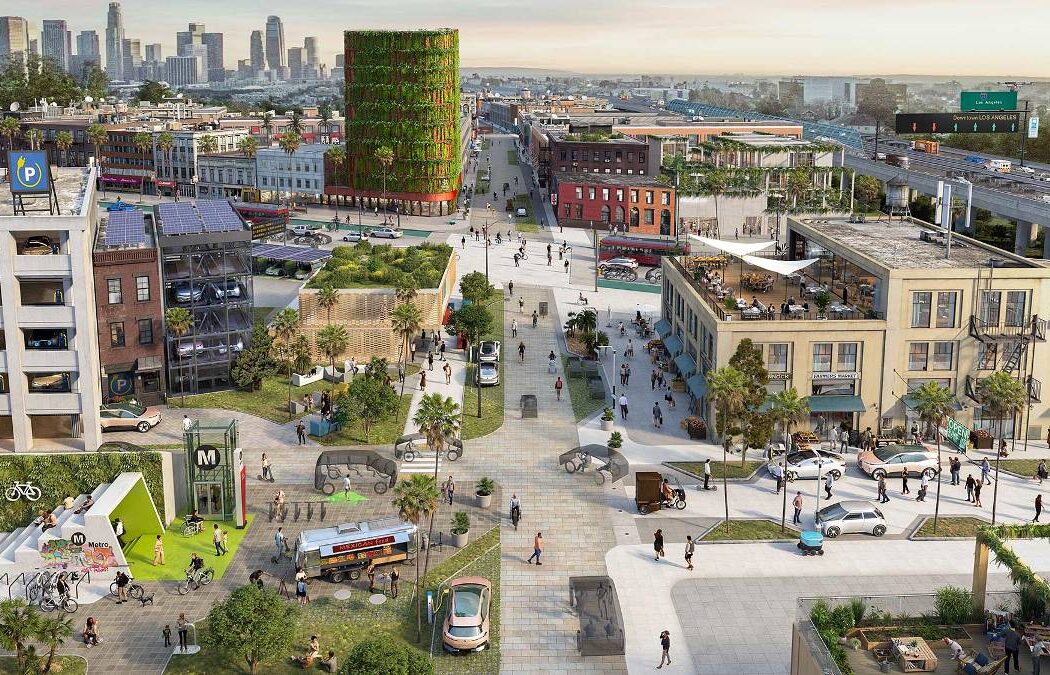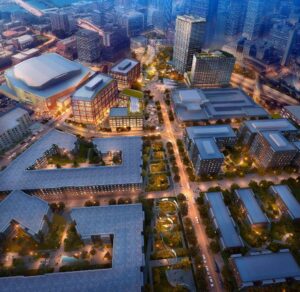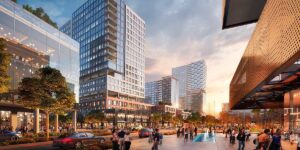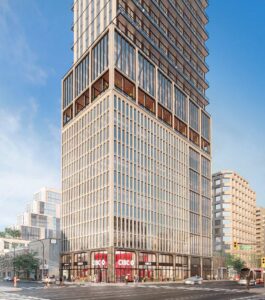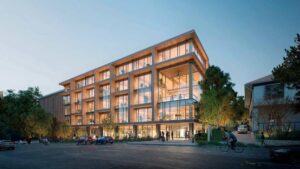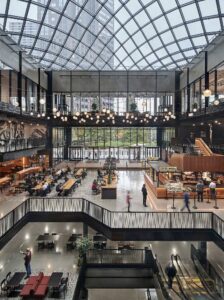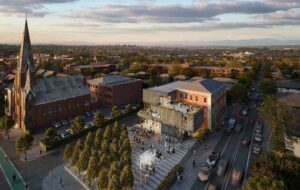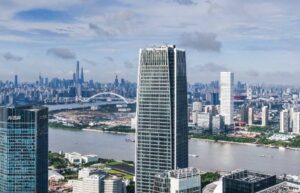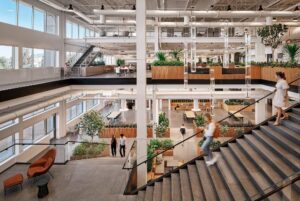In the face of tremendous global financial volatility, San Francisco-based Gensler has been working to help its clients create a brighter future, thanks to a well of research and experience going back to its founding in 1965.
We’ve seen many of their projects here in REVITALIZATION over the years.
A global architecture, design, and planning firm, they have 53 offices and 7000+ professionals across the Americas, Europe, Greater China, and APME.
As its clients embrace strategies that can position their real estate portfolios for long-term success, Gensler is creating the roadmap for how the built environment can turn crisis into opportunity and emerge stronger than it was before.
Here are insights and advice from each of their 29 practice areas.
They are condensed into 10 meta trends and design strategies that are transforming the urban redevelopment and resilience industries.
10 META TRENDS:
#1: Reclaiming Experience
TREND
The absence of experience we faced during the pandemic continues to remind people how valuable human interaction is and how critical our spaces are in enriching our lives.
STRATEGY
By prioritizing design strategies that emphasize people’s needs and expectations, we can reclaim the human experience in the places where we live, work, and play.
#2: Live-Work Connection
TREND
The future of cities is being defined by their ability to reenergize the connection between live and work.
STRATEGY
The most vibrant cities of the future will be the ones that use design successfully.
These designs must address the interconnected live-work issues of thriving workplaces.
They must also focus on the creation of attainable housing, as well as safe, affordable and accessible transportation.
#3: Building Transformation
TREND
Stranded assets are creating development opportunities that can regenerate cities and transform outdated office buildings into thriving residential living.
STRATEGY
As real estate across the globe ages, building owners and developers are leveraging adaptive reuse strategies — specifically office-to-residential conversion — to turn around stranded assets and create vibrant live-work districts and high-value properties.
#4: Attainable Housing
TREND
Rising interest rates and inflation are creating a larger opening for multifamily development that could finally address the global shortage of attainable housing.
STRATEGY
As we redesign urban communities and central business districts, attainable housing becomes a key feature of the type of live-work, mixed-use neighborhoods that will redefine the future of cities.
#5: Decarbonization
TREND
Decarbonization of the built environment continues to be the imperative of our time.
STRATEGY
ESG and carbon disclosure mandates are catalyzing transformation in the building industry.
As a result, we will see more investments in sustainable design and construction strategies that sequester carbon in buildings.
We will also need to document the design details of a building’s environmental and social impact.
#6: Mobility
TREND
The mobility shift continues, paving the way for more live-work cities and vibrant urban communities.
STRATEGY
The shift to new forms of electric and autonomous vehicles and public transportation will allow cities to redesign underused urban districts into mixed-use live-work communities.
#7: Equitable Design
TREND
The demand for buildings and urban districts that have a higher purpose with a positive social impact will continue to drive design decisions.
STRATEGY
Creating positive social impact is influencing everything from urban master planning to building design, as we focus on how spaces and infrastructure can address things like growing inequality, aging populations, and community engagement.
#8: Intelligent Places
TREND
PropTech and smart building technology will redefine the experience of place.
STRATEGY
Sensors, IoT, and other smart property technologies and apps can create far more curated experiences for tenants, while providing developers the data and insights they need to design better spaces.
#9: Flight to Quality
TREND
Office tenants continue their flight to quality.
STRATEGY
Tenants will continue their flight to quality — and their flight to experience — giving a competitive advantage to Class A spaces in prime locations with the right mix of high-quality amenities in and around the building.
#10: Office as a Destination
TREND
The transformation of the workplace continues with offices that are compelling destinations with a diverse collection of spaces and experiences.
STRATEGY
The office has an important role to play in the future of work, but only if we curate experiences and design compelling destinations for employees that include a mix of spaces that make it easy for individuals and teams to focus and connect.
All images courtesy of Gensler. Featured rendering shows the BMW Designworks Future of Mobility in Los Angeles.
This article originally appeared on the Gensler website. Reprinted here (with minor edits) by permission.

